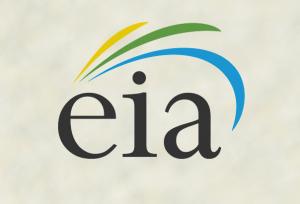Renewable Energy

The U.S. Energy Information Administration (EIA) reported that close to half of all new utility-scale additions of generating capacity in 2017 came from renewable resources, particularly wind and solar.
According to the EIA, its preliminary analysis of electric capacity installed last year indicated that utility-scale generating projects contributed about 25 gigawatts (GW) of new output during 2017, with more than half of that coming online during the last quarter alone and with renewables accounting for 49% of last year’s capacity additions overall. The EIA related that the western states provided more than two-thirds of both new solar and new hydro generation, at 69% and 67%, respectively. Other parts of the country focused more on wind projects, with the Midwest and the South each accounting for about 37% of new wind energy installations.
The agency pointed out that last spring, renewable power for the first time exceeded 10% of total electric generation and also surpassed nuclear generation for the first time in more than 30 years. As an example of the growing importance of solar power, the EIA noted that during the total solar eclipse on August 21, the California Independent System Operator had tracked solar generation at only about 3.6 GW, about 60% lower than normal.



